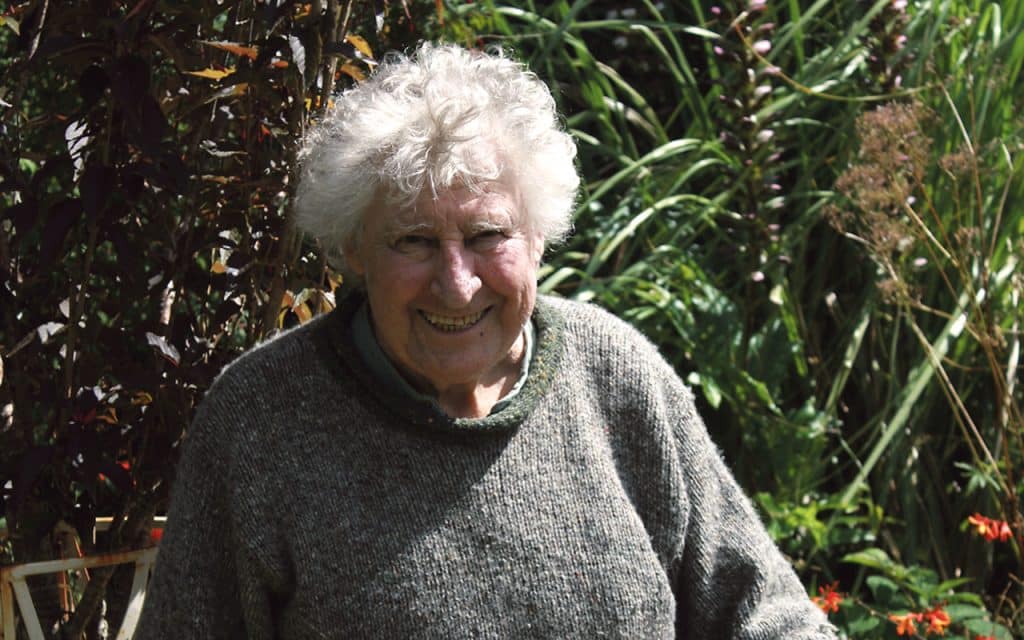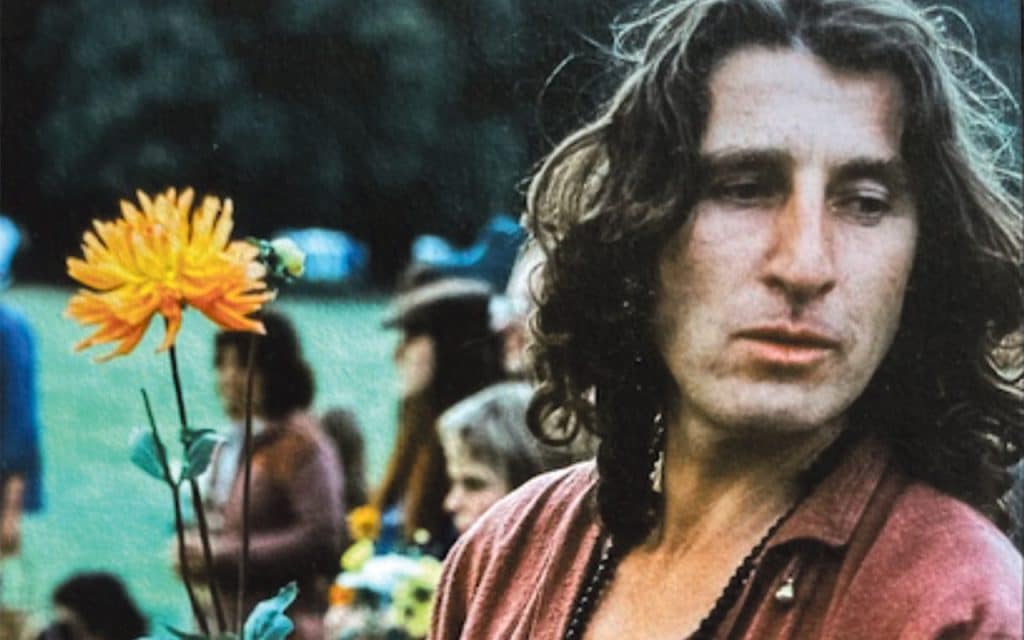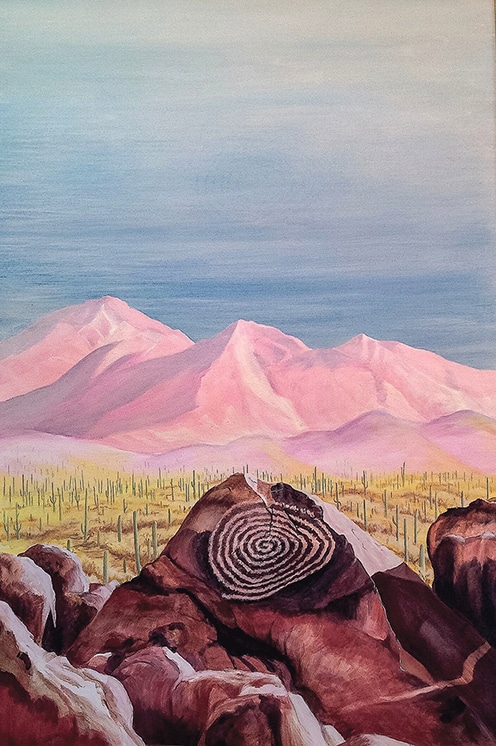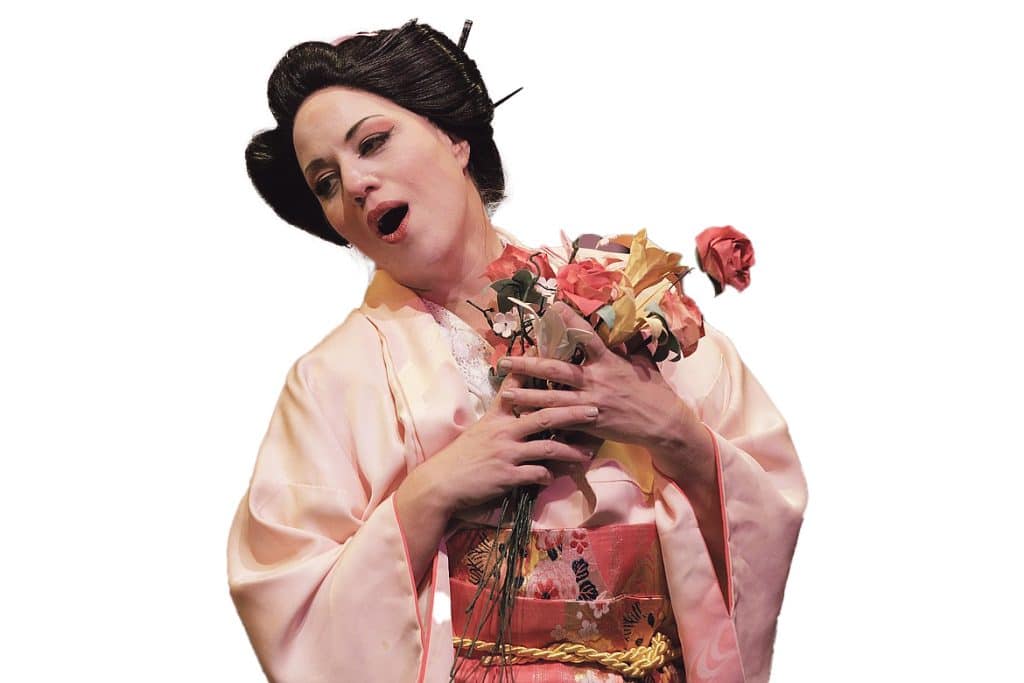Artist, buddhist, friend of show business, prehistory enthusiast: Keith Payne (82) wears many hats, but in later life has reached a point of realisation where, even in the face of death, religion has no part to play. Battling leukaemia for the past two years, the Schull resident, who helped set up the Blue House Gallery in the village, shares some snapshots with Mary O’Brien of a life that includes growing up in ‘Swinging Sixties’ London, learning from the spiritual rituals of the Hopi Tribe in Arizona and being on the road with the Rolling Stones.


“I’m not scared of death,” shares Keith, “I’ve died a few times in my life, I can tell you…me and Keith Richards,” he adds laughing.
Keith has met the 14th Dalai Lama in India, travelled in Tibet in the early 90s not long after China opened up the country to foreign visitors, and one of his good friends is a Buddhist nun, yet while many would turn to spirituality in a health crisis, he is instead letting Buddhism slip away, preferring to “go out as I came in”.
Simply put “showing kindness and being nice to people” is the understanding that Keith has finally reached on his journey. He’s currently donating some of his large artworks to hospitals. One, ‘Stilulli Hopi Arizona’ has just landed at the Glandore at Cork University Hospital (CUH), a cancer treatment facility where Keith has spent many hours over the past two years. Another, ‘Signal Hill Sugar Tuscan Arizona’ will be hung at the Dunmanway Unit, the medical oncology department at CUH.

Since he was old enough to hold a rock in hand, Keith has been fascinated by prehistory and cognitive marks. For many years, he toured with the Rolling Stones working closely with Fisher Park in the creation of their inflatable stage sets, which enabled him to travel and pursue his interest in prehistoric art at sacred sites around the world and which he recorded in his artworks.
His ‘Early Marks’ collection of work offers a rare insight into the beginnings of art and the possible source of a prehistoric worldwide visual language.
His work shares “a belief that that all things animate and inanimate have an intention of their own where there is no boundary between the physical world and the spiritual or ‘Other’ world.”
On his recent donations to cancer treatment centres he says “I hope the spiritual element to these paintings resonates for the patients in treatment centres.”
The son of a musician and gunner for the Royal Marines and a London showgirl, Keith was born in Yorkshire in 1942, moving to London in the early sixties to attend art school at Oxford and Chelsea College of Arts.
After growing up in the bleak years of post-wartime austerity, 1960s London was a colourful and radical change for the young Yorkshire lad. With new styles in fashion, music, art and culture, this was the age of social change with the ‘Swinging Sixties’ and music a huge part of that scene. “My contemporaries were the likes of Pink Floyd, the Rolling Stones, The Kinks,” shares Keith. “We were mates on the street.”
After a stint as the designer for the World Wildlife Fund, Keith found himself at the heart of the counterculture revolution in 60s London, expressing himself in flamboyant psychedelic murals on shopfronts in places like Carnaby Street and Chelsea.
His first taste of show business came about through the Bonzo Dog Doo-Dah Band, a musical group and alternative to trad jazz created in 1962 by a group of art students. The band combined elements of music hall, trad jazz and psychedelia with surreal humour and avant-garde art, coming to public attention through an appearance in the Beatles’ 1967 film ‘Magical Mystery Tour’. Good with his hands and appreciated for his wry sense of humour, Keith became the band’s “roadie-come-gags-man”.
He continued his career painting psychedelic murals in New York, moving into a loft in The Gotham Hotel, over famous American artist, Cy Twombly, on 4th and The Bowery, the city’s oldest street. “At the time the area was full of drunks who came from all across America to drink themselves to death – it really was Skid Row!” recalls Keith.
After doing “a bit of this and a bit of that”, which included the design of an album cover, Keith caught a break when John Lennon offered him a gig designing the stage set for a band he was promoting called ‘The Elephant’s Memory’.
“We hung out together in the same club in New York,” he explains. “That’s where I saw Linda ‘pull’ Paul McCartney,” he adds with a grin. Keith was sitting at the same table as the rock band. “We didn’t see him for a few days but when he came back his eyes were spinning!” he laughs.
Getting back to his first gig in inflatable stage design, he recalls how although it was a beautiful show based on the work of the painter Henri Rousseau and everything went fantastic during the rehearsal, the gig “bombed”. Given the sack but paid for his trouble, Keith decided to hitch back across America, stopping off to spend time with the Hopi Tribe of Arizona. It was an eye-opening period in the young artist’s life, where he got to experience the hallucinogenic drug mescaline from the peyote cacti, often referred to as ‘peyote’. “I got to see how slowly a cactus grows,” he says of the experience. “When you have that kind of realisation or clarity of life, it never leaves you really.”
After arriving back in New York, Keith sold the lease of his flat complete with fish tank, cats and paints, with the intention of going back to Arizona, but a mistaken ticket purchase brought him instead back on home ground. He moved to Suffolk where he took up an apprenticeship with a wheelwright and carriage builder and got a job making carousels for carnivals around England. He was part of the group that started the renowned craft fair, the Barsham Medieval Faire, in East Anglia in 1972. “Michael Eavis of Glastonbury came to one of our meetings to see how we did it!” he says.
However it was teaming up with Rob Harris and working with him on giant inflatables for celebrity clients that would launch Keith’s career in show business. “Rob had started a company called Air Artists and I had started Air Brush,” he says. They put a team together and created the first inflatable pig for Pink Floyd. “When the pig got loose during a photoshoot and floated near Heathrow Airport, our phone started ringing, and suddenly we became the world’s inflatable builders and painters for rock shows.”
The giant inflatables came in all shapes and sizes from pigs to scantily-clad ladies to dragons. Commissions included a 60ft model of the world, that incidentally broke free at a Friends of the Earth gig in Belfast; caricatures of the band members of Queen for a concert at Wembley, where the inflatable Freddie Mercury ended up at the Welsh border; and a 35ft diameter peach for a theatrical performance of Roald Dahl’s James and the Giant Peach. Their A-list clients included Pink Floyd, The Rolling Stones, Elton John, George Michael, Tina Turner, ACDC, Disney, Iron Maiden and Queen, to name a few.
It was while touring with the Rolling Stones in the US that Keith met his wife Miranda – Mick Jagger’s PA at the time – at a club in Dallas. The couple have been happily married for 35 years.
Keith and Miranda lived in France for a while because “Miranda wanted to grow melons” and Keith wanted to study the cave paintings of Central France, before moving to the Burren in Co Clare and eventually making their home on the Mizen peninsula in West Cork, where they bought a house from Fred Astaire’s daughter, Ava, and Keith converted one of the sheds into a gallery for his large artworks.
“I never wasted time when I was touring,” shares Keith. “I’d find myself in central Australia or Arizona or France with three weeks off and whenever this happened I headed to the nearest sacred site – places that would make your hair stand on end – to draw and take photos. I always had big road boxes full of painting materials so I’d do brass rubbings of engravings on rock and then take them back with me to paint”.
While meeting his wife and visiting sacred sites all over the world have of course been highlights for Keith, a Rolling Stones show in Prague, just after the Berlin Wall came down, stands out in his mind. “I had the job of giving away the spare VIP tickets to people waiting outside the stadium,” he shares. He remembers seeing a very sick looking man with long white hair and wearing a long black coat. “I approached him with the ticket, which was centre front row. It turned out he had HIV and, although he couldn’t afford a ticket, he had walked from Berlin to Prague because his lifetime ambition was to be at a Rolling Stone concert.” Keith recalls watching him from the stage and seeing the tears roll down his face. “That was one of the finer moments for me,” he shares.
In later life, visiting Tibet when he turned 50 was another important event for Keith. “The gompas (Buddhist temples or monasteries in Tibet) were still smoking when we arrived!” he shares. He recalls seeing the Panchen Lama, who had been dead for over a year, enclosed in a glass case at the Tashi Lhunpo Monastery. “He was sitting upright in lotus position in full robes with his wrist watch still going. Gold threads from his chest were fed through holes in the glass case into the hands of a rotation of monks, who constantly maintained the chanting of the Mantra. “They had done this for over a year and he still looked alive. I remember thinking ‘there is magic in this world’.”
Today Keith’s outlook is positive. While the cancer treatment has taken its toll, – he tires easily and has had to give up things he loves like painting and gardening – he takes pleasure in looking back at a life well lived and certainly has no fear in looking forward.
“I am ready for death, he says stoically. “You paint it all out, and in the end, you look out and see that it is no big deal!
“But there is one teaching I will always remember from Namkai Norbu Rinpoche, the Dzogchen master: “When the great door opens, turn left”.



